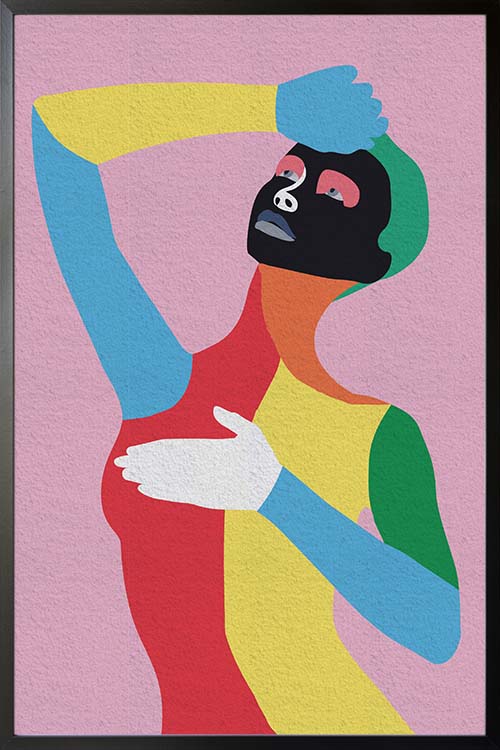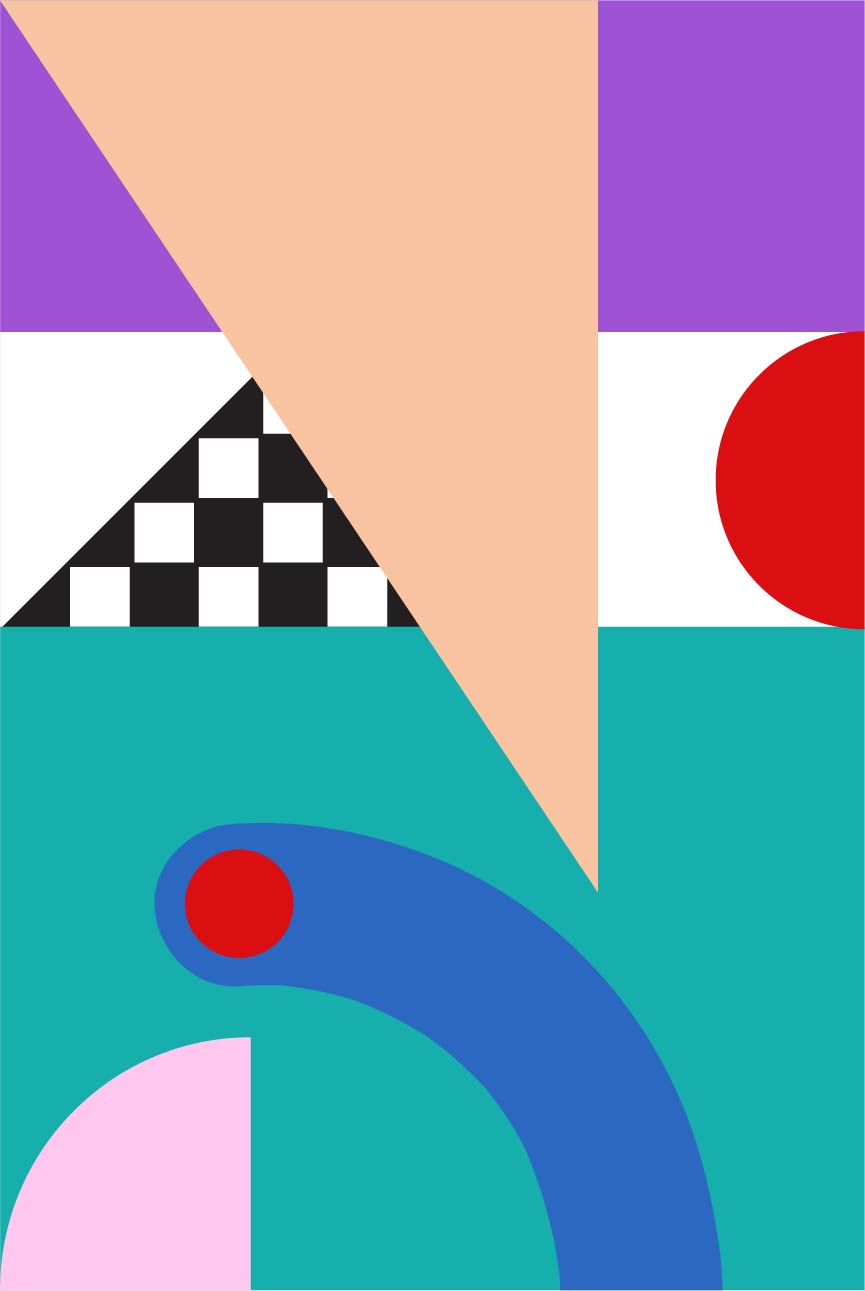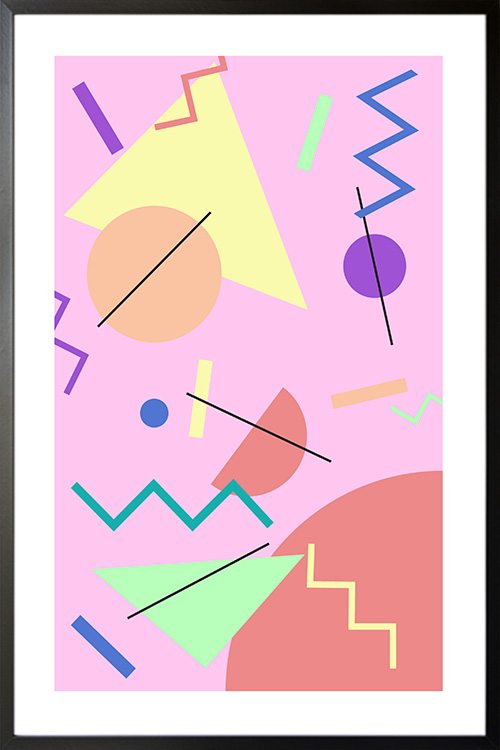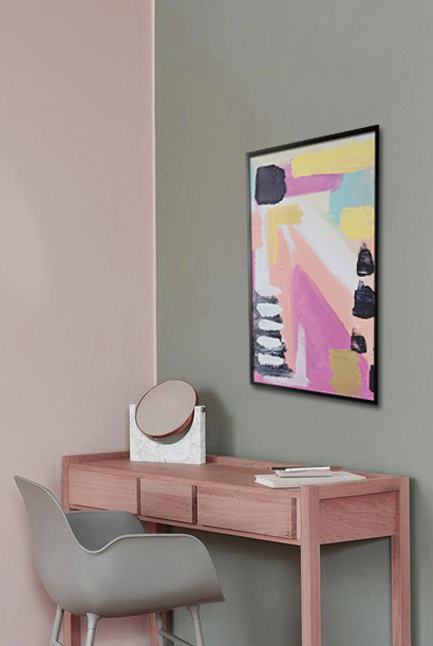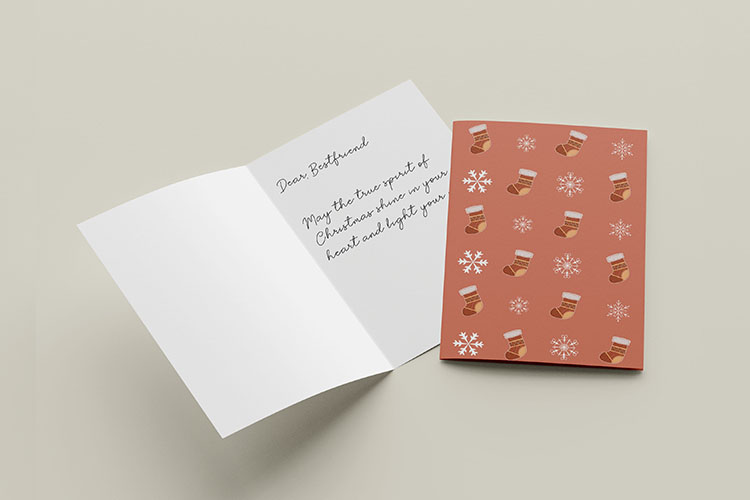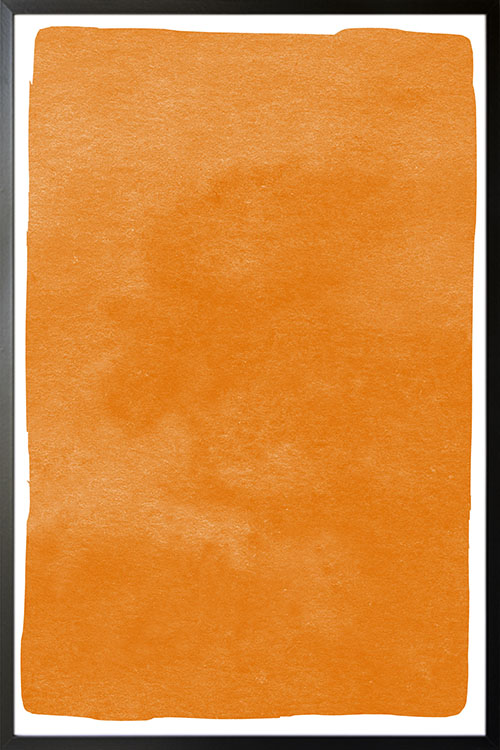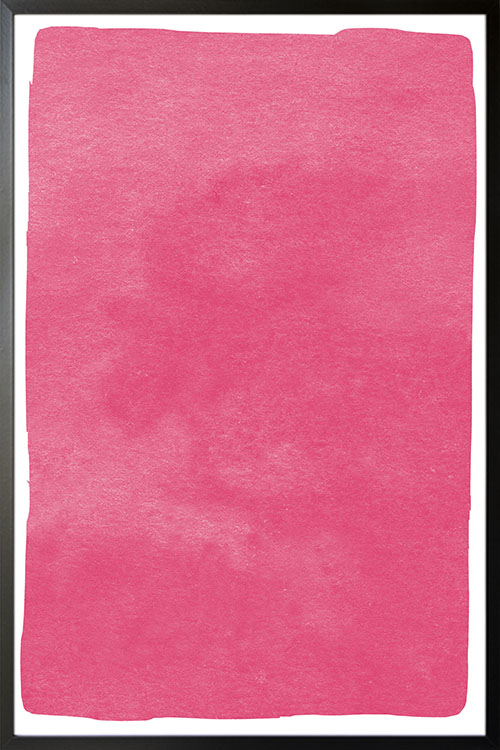Feeling nostalgic? Worry no more as the1980s interior design style will spice up your room. We have seen the style and have loved them. In fact, you saw the style in various films, such as The Breakfast Club, Ferris Bueller’s Day Off, and Back To The Future. Think about natural materials, geometric patterns, and bold colors.
The 1980s is one of the most interesting decades in America at least. The economy was booming, technology was having remarkable advances, women entering the workforce, pop culture idols, and others. Those who lived and witnessed the decade will surely say that they had the best time of their life. Want to have that retro effect in your home? Here are some of the monumental design trends that have changed the lives of many individuals.
Memphis Design
The first thing that comes to your mind when it comes to the 80s design style are bright colors, bold shapes, squiggly lines, and funky furniture. These characteristics are what Memphis design is all about. The style was conceptualized by the Memphis Design Group. The group was composed of designers from Milan, Italy, and was established in the early 80s. With the characteristics from the previous decade, the group started creating bold and colorful furniture pieces and home decor designs. The help of pop culture made the Memphis design popular among homeowners and designers.
Walls made of glass-blocks
The 80s design style is never complete without glass-block walls. These are sometimes used as a substitute for traditional windows or shower walls. Oftentimes, this type of wall is used to let in more natural light. The use of this material is energy-efficient, appealing, and practical. Glass-blocks may be old but are still used in many homes and establishments.
Tropical prints
The love for plants did not just start recently. It can be traced back to the 80s and even before that. Tropical prints became a major trend in the 80s and can be seen anywhere. In addition to these, homeowners loved to add indoor plants as well as faux plants. Not only that they give medical and ecological benefits, but also to the aesthetics of the house.
Lucite furniture
Lucite and acrylic plaster were first developed in the 1920s and 1930s. They somehow became famous in the 60s and 70s. However, it was in the 80s that clear furniture became popular. Instead of using glass furniture of the 1920s, you can easily achieve the 80s design with plastic or Lucite furniture. Many of them are affordable and trendy that will help you achieve the 80s style.
Pastel colors
Pastel room design was likewise popular during the 1980s. This includes shades of soft pinks, purples, and seafoam green. Small amounts of pastel colors or even covering the whole room can make a difference.
Floral prints
It was all about florals during the 80s. You can see them everywhere: bedding, sofa, upholstery, accent decor, wallpaper, posters, and even clothing. Along with ruffles, the combination makes fantastic home decor. The decor was also heavily used in Shabby Chic design.
